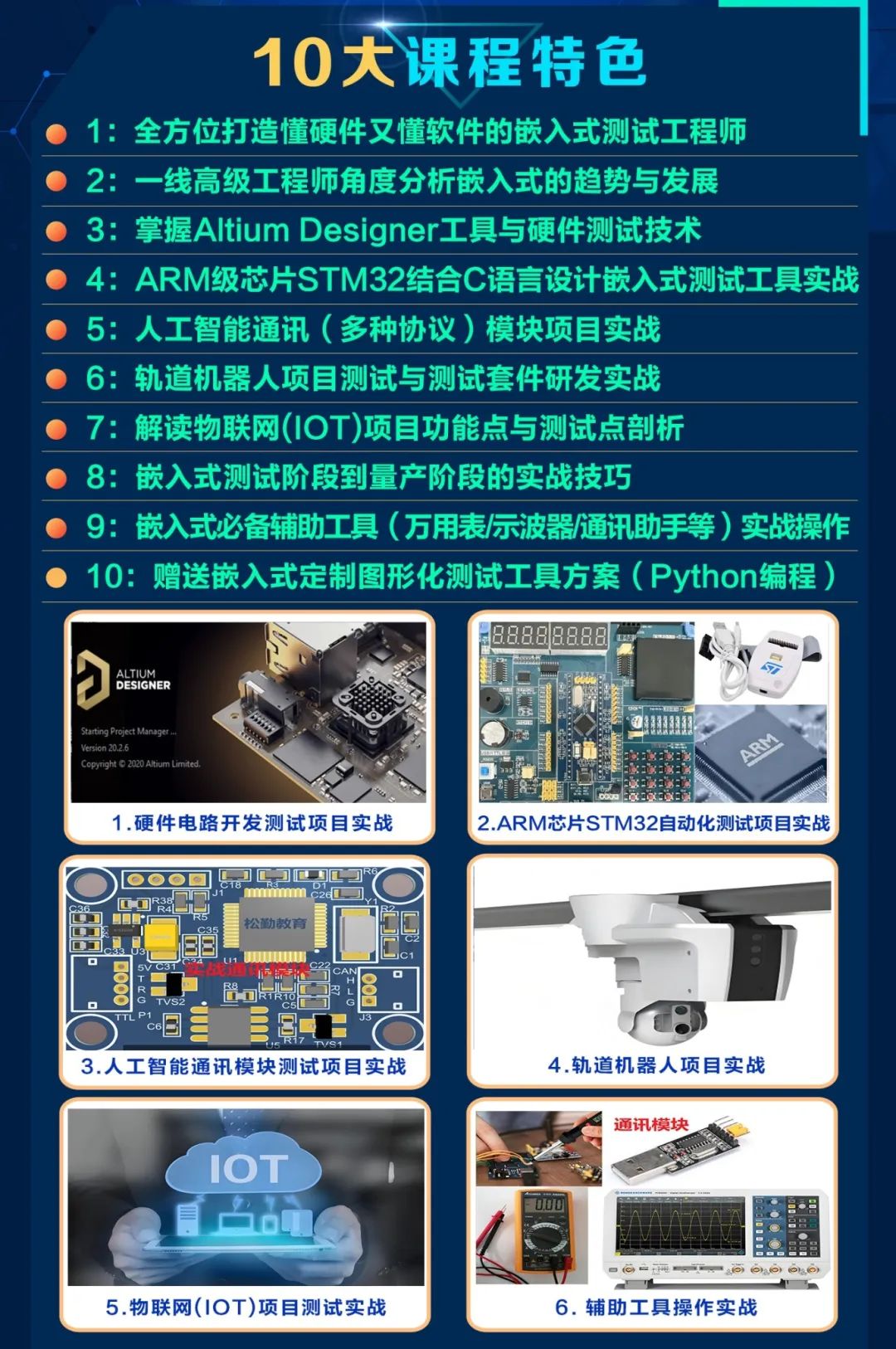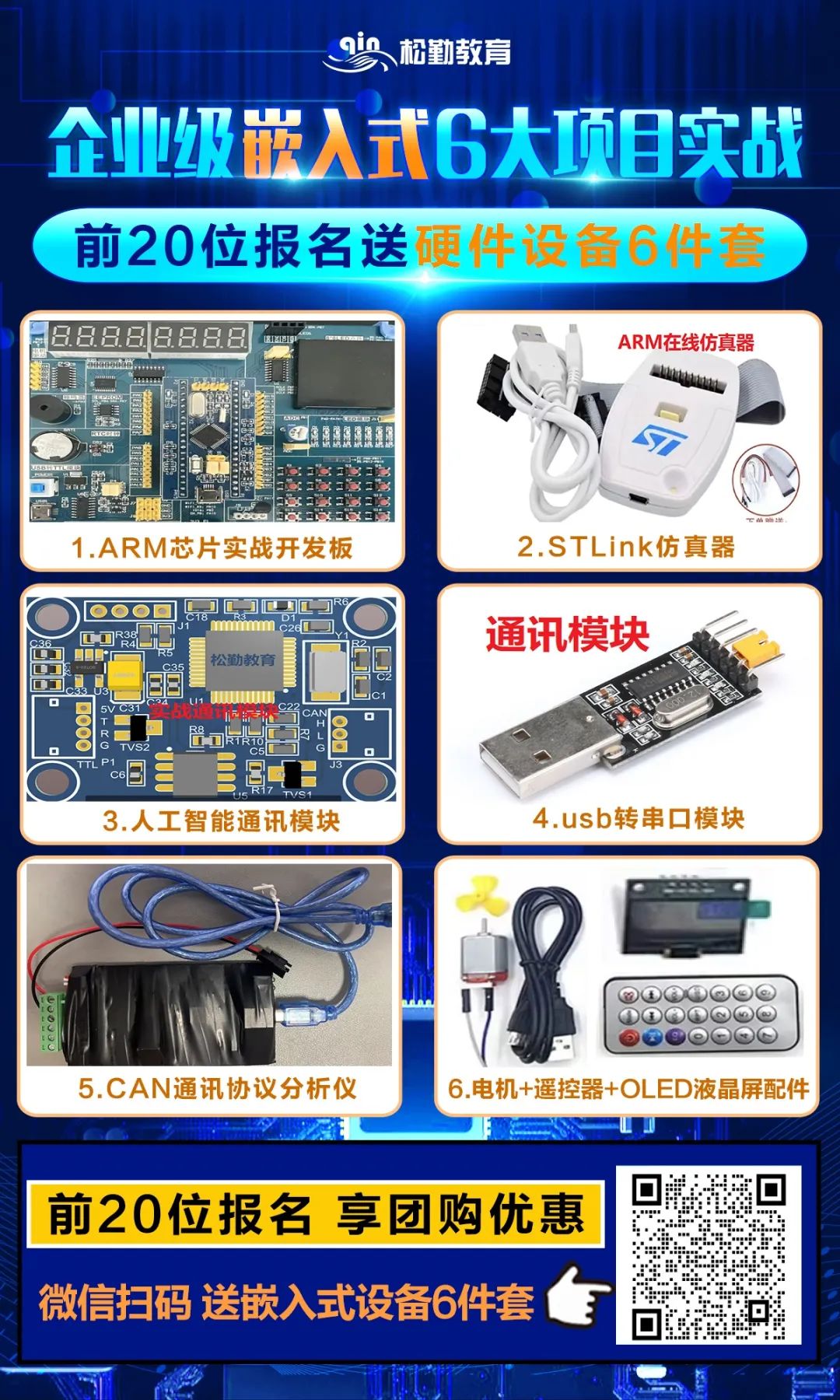
Diverse Development Paths
Industry Importance Highlighted

Based on these differences, some may wonder if transitioning from software testing to embedded testing would offer advantages?
Transfer of Testing Fundamentals and Methods
1. The knowledge and experience accumulated in software testing regarding test case design, defect management, and testing processes can be directly applied to embedded testing. For example, the case design methods mastered in software testing, such as boundary value analysis and equivalence class partitioning, can effectively identify potential issues in embedded testing.
Programming and Scripting Skills
Software testing engineers usually possess certain programming skills, such as Python and Java, which will be valuable when writing automation test scripts and developing testing tools in embedded testing. For instance, using Python to write test scripts for communication with embedded devices.
Problem Analysis and Solving Skills
1. The keen insight and logical analysis skills developed in software testing help quickly locate and resolve complex software-hardware integration issues in embedded testing.
Understanding of Software Quality
1. A deep understanding of the importance of software quality and how to ensure software stability and reliability can be applied to the software testing portion of embedded systems.
Ability to Adapt to New Technologies
Software industry technology updates rapidly, and software testers usually develop the ability to learn and adapt to new technologies quickly, which is very helpful in learning and mastering new hardware architectures and communication protocols that continually emerge in embedded testing.
The above roughly introduces some content related to embedded testing. If you have any further questions, feel free to leave a comment!
Additionally, Songqin is preparing to launch a new embedded course online after three years of development. Let’s take a look at the ten features of our course!


Moreover, during the course launch period, not only can you enjoy the launch group purchase discount, but the first 20 registrants will also receive a set of 6 hardware devices!
Contact the teacher via the QR code below to receive the syllabus for the embedded testing course!
